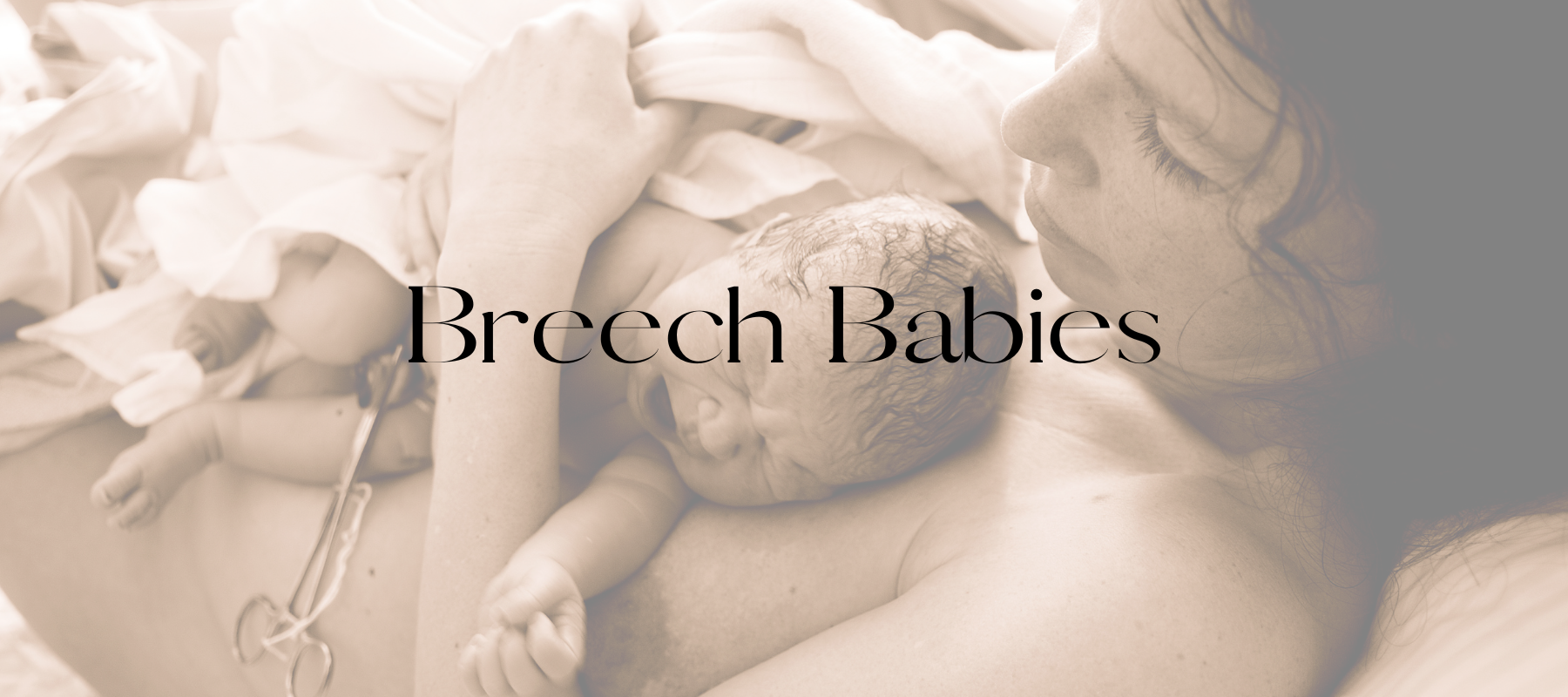The incidence of twin birth in Australia has increased over the last 25 years. It is suggested that advances in fertility treatment and higher average ages of mothers in pregnancy may be affecting these statistics.
Families with multiples continue to have lower exclusive breastfeeding rates however, and require additional support to maintain breastfeeding duration.
Studies have investigated the common reasons why women often choose not to exclusively breastfeed their twins, these are follows:
- Perceived inadequate milk supply for both babies
- Lack of time/resources
- Difficulties attaching one or both babies
- Lack of support/confidence
- Prematurity (with twins often being born before 37 weeks gestation)
- Pre-existing health conditions
- Time constraint considerations with an older sibling(s)
Breastmilk insufficiency
According to recent studies - one of the most common identified reasons for breastfeeding failure in twins was due to perceived insufficient milk supply.
The average quantity of breastmilk for a single infant is 788ml in 24 hours (with a range of 500-1360mls in 24hrs). A study conducted in 2010 on several twin mothers found that breastmilk supply for breastfed twins at 2 months of age was 2200mls in 24hours. At 3 months, a quantity between 2200-3400ml, and 6 months, 1860-4200ml in 24hours. This study also explored breastmilk supply in mothers to triplet infants, with similar results (production average 3080ml in 24 hours by 2 months of age).
This evidence (and many further studies!) suggest mothers of twins are able to produce sufficient breastmilk for twins.
Time constraints
The second most cited reason for breastfeeding failure in twins is due to time constraints.
Newborn feeding frequency can vary, with some babies demanding feeds every hour until the breastmilk supply establishes. The same is true for babies in a twin or triplet feeding style. With feeds being 8-12 times in 24 hours (x2), this certainly can add up quickly!
Okay, so you’re considering breastfeeding your twins, what does this look like in your family? And do you feed them at the same time, or alternate?
Feeding twins at the same time
Positives
- Can save time
- Calming both babies at once
- Reinforces mothers’ ability to feed and care for both babies
Negatives
- One baby often needs to be woken to feed
- Difficult to hold and attach both babies effectively
- Difficult to be discreet in public
- Can be awkward initially managing different temperaments, demands and different feeding needs.
Twin feeding positions
Bilateral underarm breastfeeding. Also called the ‘football’ hold, this position can be the most practical for young twins. Both babies can be supported on either side of their mother, tucked in on top of armrests or pillows. Their bodies lie alongside underarm, their faces towards their mother.
Parallel breastfeeding. This position requires one baby to be held in the cradle position, and the other lies in the football hold on the opposite side. This position can be difficult with newborns while they are still learning to attach/needing full support.
Criss-cross breastfeeding. Breastfeeding in this position means the heavier twin feeds in the cradle hold, and the smaller twin feeds on the opposite side on top and lying across their sibling.
When it comes to breastfeeding attachment – it is a learned skill. It takes time, patience and practice to master. With all babies attaching and responding differently at the breast!
For this reason, healthcare providers often recommend to breastfeed newborn twins separately at first in order to provide time and support to learn optimal attachment of each baby.
Then, you can try feeding them together as needed!
Breastfeeding twins is significant time commitment and not always possible in every circumstances. This is why it is so crucial that breastfeeding mothers of multiples are provided with a large support network.
Studies suggest this network should extend past friends and family and include the involvement of healthcare providers, extensive education and additional resources made available.
Written by Keryn Thompson RM & IBCLC (L-301766)
References
Beck, C. T. (2021). Mothering Twins During the First Year of Life: A Metaphor Analysis. The Journal of Perinatal Education, 30(2), 89–97. https://doi.org/10.1891/j-pe-d-20-00017
Cinar, N., Kose, D., Alvur, M., & Dogu, O. (2016). Mothers’ Attitudes Toward Feeding Twin Babies in the First Six Months of Life: A Sample From Sakarya, Turkey. Iranian Journal of Pediatrics, 26(5). https://doi.org/10.5812/ijp.5413
Jackson, D. B. (2016). The Association Between Breastfeeding Duration and Attachment: A Genetically Informed Analysis. Breastfeeding Medicine, 11(6), 297–304. https://doi.org/10.1089/bfm.2016.0036
Kim, B.-Y. (2016). Factors that influence early breastfeeding of singletons and twins in Korea: a retrospective study. International Breastfeeding Journal, 12(1). https://doi.org/10.1186/s13006-016-0094-5
Kuhnly, J. E. (2015). Strategies to Support Sustained Breastfeeding of Late Preterm Multiple Birth Infants. Nursing for Women's Health, 19(5), 439–444. https://doi.org/10.1111/j.1751-486x.12236
Mikami, F. C. F., Francisco, R. P. V., Rodrigues, A., Hernandez, W. R., Zugaib, M., & de Lourdes Brizot, M. (2018). Breastfeeding Twins: Factors Related to Weaning. Journal of Human Lactation, 089033441876738. https://doi.org/10.1177/0890334418767382
Quitadamo, P. A., Comegna, L., Palumbo, G., Copetti, M., Lurdo, P., Zambianco, F., Gentile, M. A., & Villani, A. (2021). Feeding Twins with Human Milk and Factors Associated with Its Duration: A Qualitative and Quantitative Study in Southern Italy. Nutrients, 13(9), 3099. https://doi.org/10.3390/nu13093099
Shim, J. I., & Kang, S. J. (2017). Impact of Breastfeeding Knowledge, Attitude, and Barriers on Breastfeeding Practice among Twin Mothers. Korean Journal of Women Health Nursing, 23(2), 89. https://doi.org/10.4069/kjwhn.2017.23.2.89
Whitford, H. M., Wallis, S. K., Dowswell, T., West, H. M., & Renfrew, M. J. (2017). Breastfeeding education and support for women with twins or higher order multiples. Cochrane Database of Systematic Reviews. https://doi.org/10.1002/14651858.cd012003.pub2



